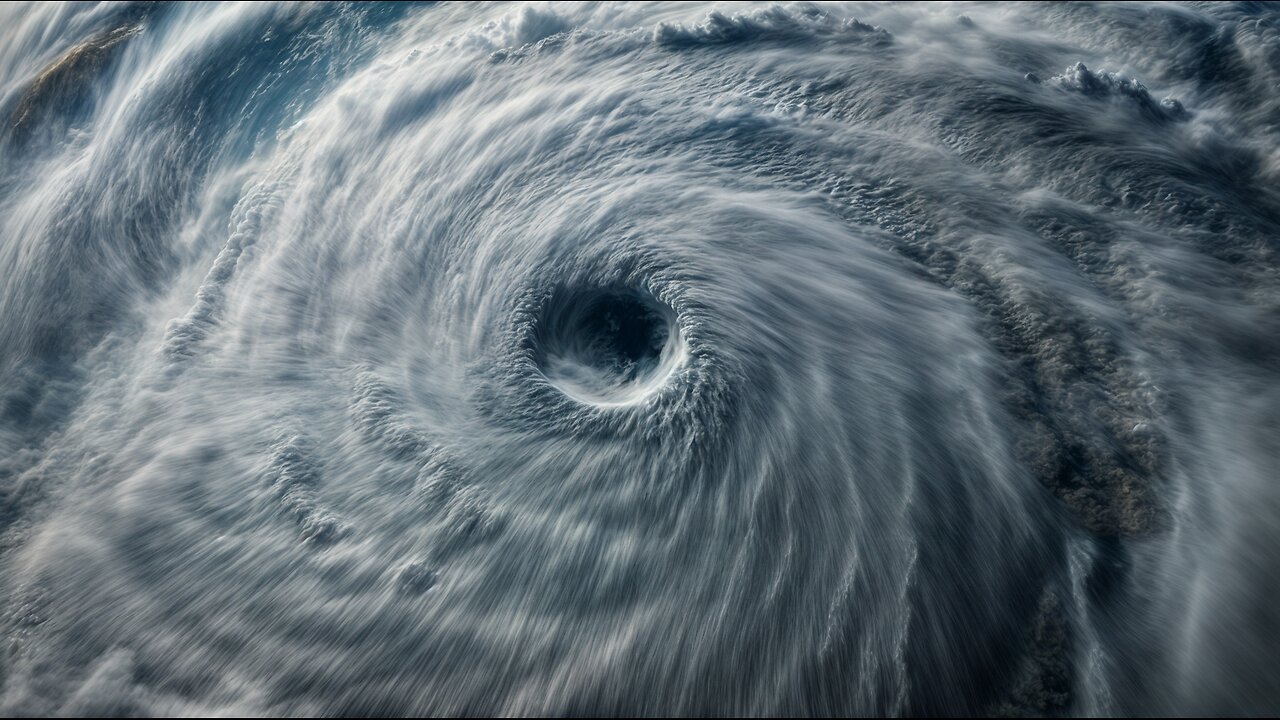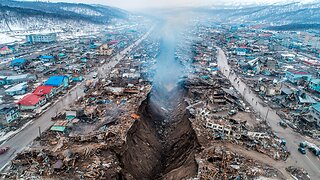Premium Only Content

Philippines NOW! Super Typhoon Ineng Strikes: Mass Evacuations and Coastal Devastation
On November 7, a powerful typhoon named "Ineng" struck the Philippine province of Cagayan. In the country, it is also known as Typhoon "Marce."
The typhoon brought intense winds, reaching gusts up to one hundred eighty miles per hour, to northern regions that are still recovering from previous storms. It prompted emergency evacuations and posed a serious threat to thousands of lives.
The typhoon made landfall twice. The first impact occurred around 4 p.m. local time in the town of Santa Ana, and the second landfall hit the coast near the town of Sanchez-Mira around 10 p.m.
According to the Office of Civil Defense, more than one hundred sixty thousand people were evacuated by Thursday morning in anticipation of Typhoon Ineng. School classes and government operations were temporarily suspended. The highest wind alert was issued for several areas, including Babuyan Island and the northern parts of Cagayan, Apayao, and Abra provinces, indicating a high risk of significant damage. In some places, waves reached nearly forty feet.
Inter-island ferry and cargo services, as well as domestic flights, were suspended in the northern provinces.
In total, twenty-eight thousand two hundred homes were damaged, with one thousand one hundred completely destroyed. 66 roads and 27 bridges were affected in the hardest-hit regions.
Across the Philippines, three hundred seventy-five thousand people were impacted by the typhoon, with at least one person reported missing.
By the morning of November 8, the typhoon was located over the town of Pasuquin in the province of Ilocos Norte, continuing to move westward at a speed of about 12 miles per hour.
A recent study revealed that tropical cyclones in the Asia-Pacific region are forming closer to coastlines, strengthening more quickly, and staying longer over land. Scientists discussed these findings in a report presented at the forum "Global Crisis. The Responsibility." We recommend reviewing this critical information, as these new cyclone characteristics make them more dangerous and destructive not only for coastal areas but also for inland regions that have previously been unaffected by typhoons.
-
 7:04
7:04
AllatRa TV
16 days ago8.8 Earthquake Rocks Russia — Volcano Erupts, Tsunami Hits Pacific Rim
1952 -

Rallied
5 hours ago $3.69 earnedWARZONE SOLO CHALLENGES ALL DAY
38.1K -
 2:00:33
2:00:33
Joker Effect
4 hours agoSoo @MrBeast charity, is it legit? XenaTheWitch got attested? Lets talk about it! HOW TO GO VIRAL.
25.9K1 -
 27:01
27:01
TheRoyaltyAutoService
11 hours ago $2.81 earnedAnother Shop Replaced The Timing Belt & Fuel Injectors On This Honda Pilot… Now It Has No Power!
38.1K3 -
 10:14:25
10:14:25
GritsGG
13 hours agoRanked Crim 2! Most Wins 3390+ 🧠
71K1 -
 3:12:37
3:12:37
IsaiahLCarter
1 day ago $2.95 earnedJonah O. Wheeler: In Defense of Reality || APOSTATE RADIO #026
38.7K1 -
 LIVE
LIVE
Cewpins
7 hours agoSmoke Sesh🔥Gaming???💨420🍃!MJ !giveaway
115 watching -
 LIVE
LIVE
Phyxicx
6 hours agoShin Megami Tensei - Part 5 - 8/13/2025 | Chaos Route | Expert Difficulty
53 watching -
 1:59:32
1:59:32
vivafrei
16 hours agoEp. 277: Russia Peace Talks! Trump D.C. Takeover Leads to Lawsuit! Heat Wave Lawsuit? AND MORE!
88.8K123 -
 2:17:57
2:17:57
Nerdrotic
8 hours ago $4.97 earnedTransient Lunar Phenomenon: Deeper into the Mysteries of the Moon | Forbidden Frontier #112
29.2K6